Translation
Author: James Yang Jianwen
Recently, there are two big events in the intelligent cockpit industry.
One is that the top-end Model Y is equipped with the same AMD chip as the new Model S/X.
The other is that Jidu’s first new car will be equipped with the latest Qualcomm cockpit chip SA8295.
One has a computing power comparable to a game console PS5 (10TFLOPS), and the other has a computing power equivalent to NVIDIA’s intelligent driving chip Xavier (30TOPS).
But prior to this, the computing power of intelligent cockpits was not very high.
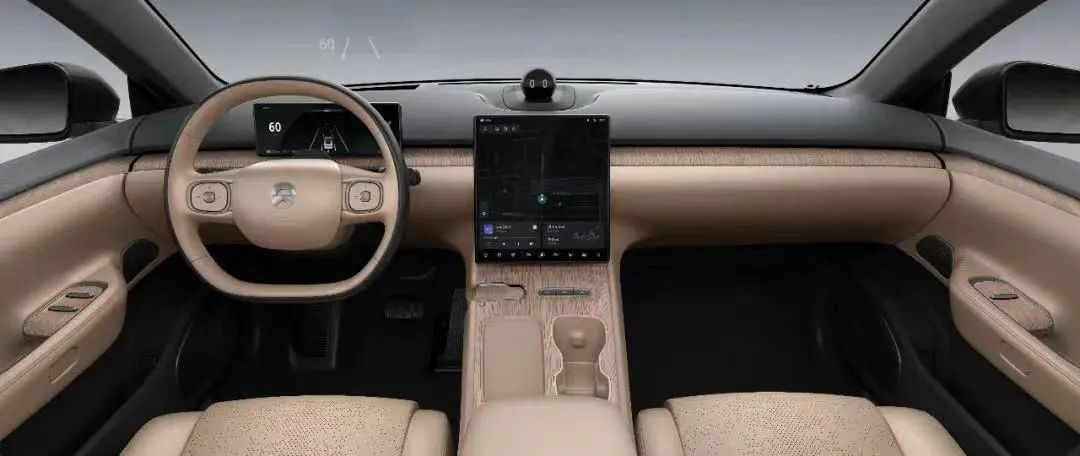
Taking the currently popular Qualcomm 8155 cockpit chip as an example, new cars such as NIO ET7, IM L7, XPeng P5, and WM W6 are all equipped with this chip, but its AI computing power is only 4TOPS.
This indicates that the intelligent cockpit industry has ushered in a computing power explosion.
However, there is a misunderstanding here. Many people will compare these two chips.
However, they are not comparable because they are facing different directions.
Tesla’s Strongest Entertainment Cockpit
First, let’s talk about Tesla’s cockpit.
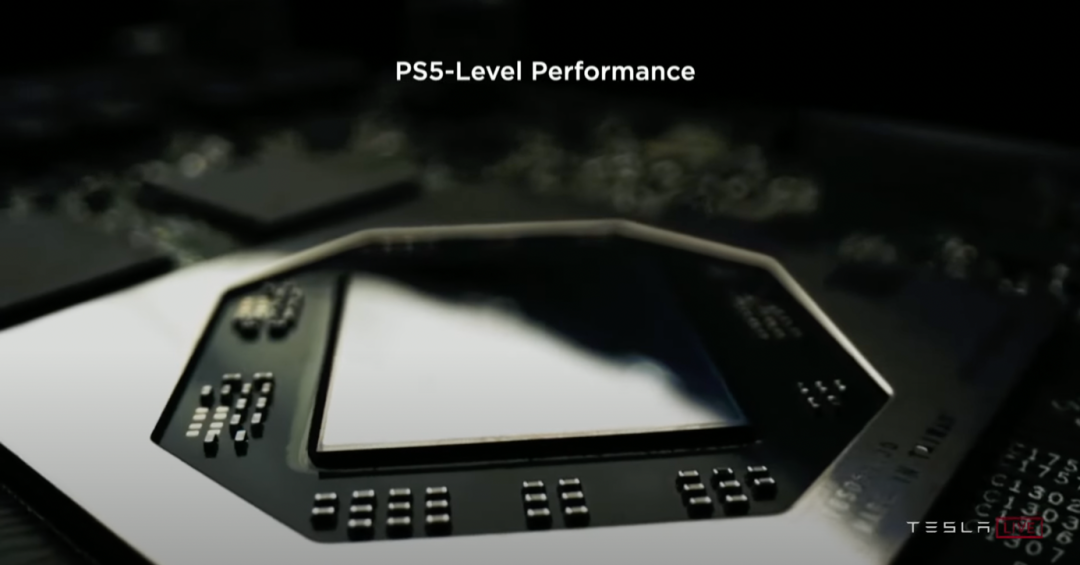
The AMD Ryzen chip made its debut on the new Model S/X delivery. At that time, Tesla described this chip as follows:
“The car’s gaming system is equipped with a processor with up to 100 trillion floating-point operations per second (10TFLOPS), comparable to the latest game consoles on the market (PS5).”
Even at the new Model S/X delivery site, Tesla demonstrated single-player games such as “The Witcher 3” and “Cyberpunk 2077”.
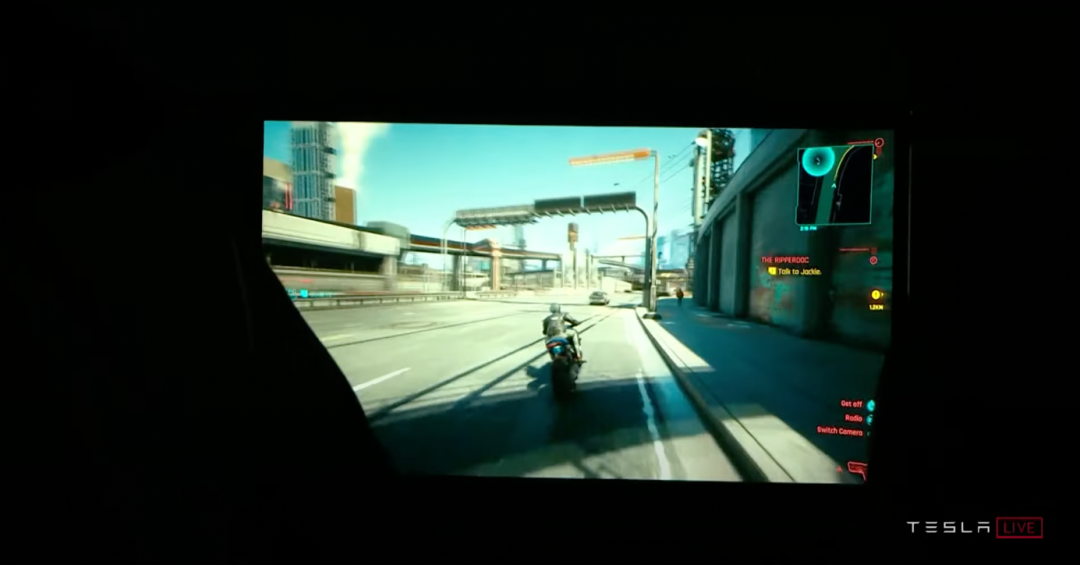
Um, Tesla installed a game console in the car.
When people saw this, many were shocked.
Now, this strongest entertainment cockpit has come to the high-performance version of the Model Y, which has a sense of downgrading. This undoubtedly makes everyone excited (of course, the performance cannot match the new Model S/X).
The direction of Tesla’s intelligent cockpit is actually very obvious: an entertainment cockpit, further speaking, mainly a gaming cockpit.
A small detail is that on the configuration list of the high-end version of the Model Y, the official description given is: “AMD Ryzen – Gaming Car”.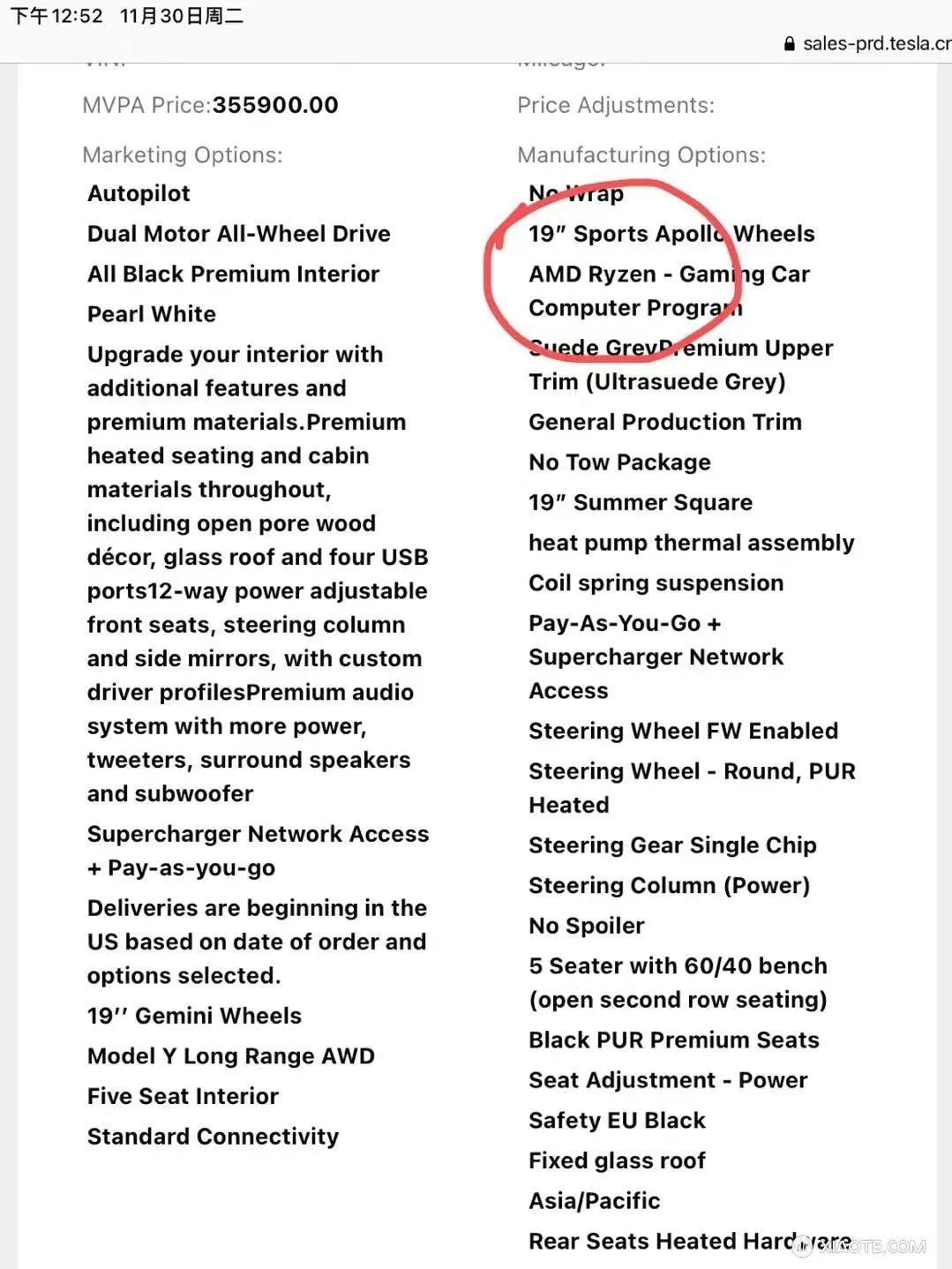
From the evolution track of Tesla’s in-car system version, it can be observed that Tesla’s updates for entertainment have become increasingly frequent.
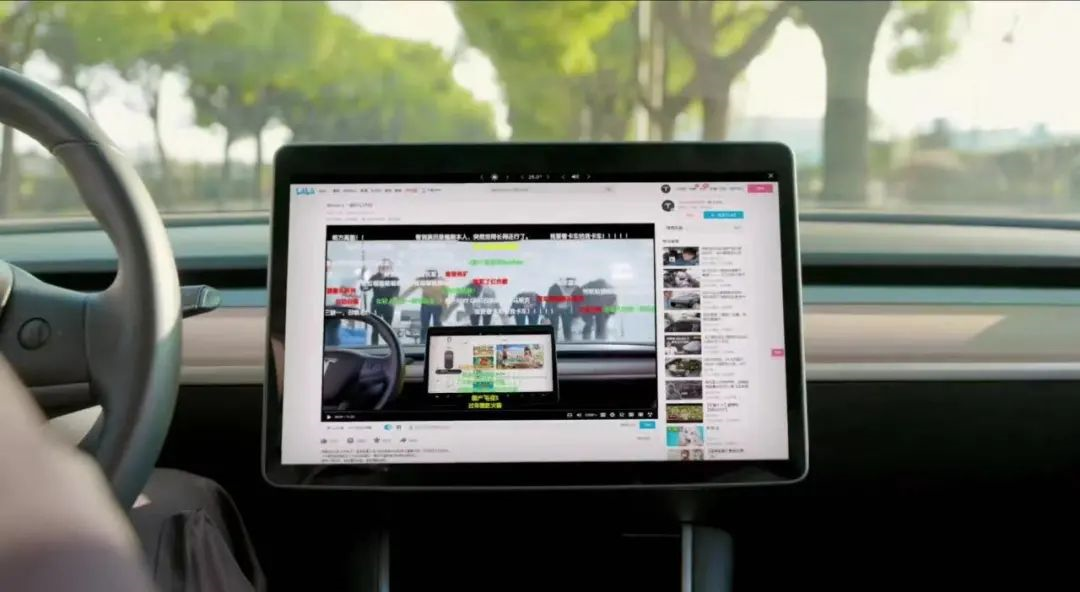
From QQ Music to Bilibili and then to Youku Video, Tesla’s app ecosystem is continuously expanding.
The most prominent aspect is actually gaming. From the earliest Beach Buggy Racing 2, Teacup Head, to games like Stardew Valley, Landlord, and Happy Mahjong, Tesla has updated numerous games inside the cabin.
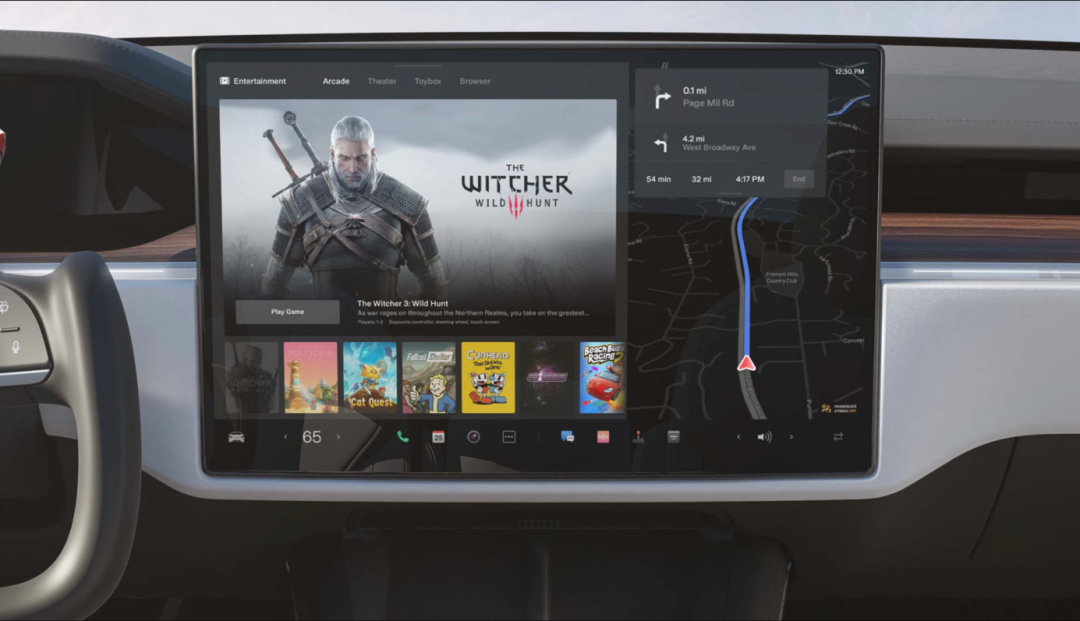
If these can be considered only small-scale amusements, then the inclusion of 3A blockbusters such as The Witcher 3 and Cyberpunk 2077 is the most powerful example.
As you can see, compared to other car manufacturers, Tesla invests more energy into constructing gaming ecosystems within the car.
This is also where Tesla’s ambition lies – to establish a game platform and ecosystem within the vehicle’s onboard computer.
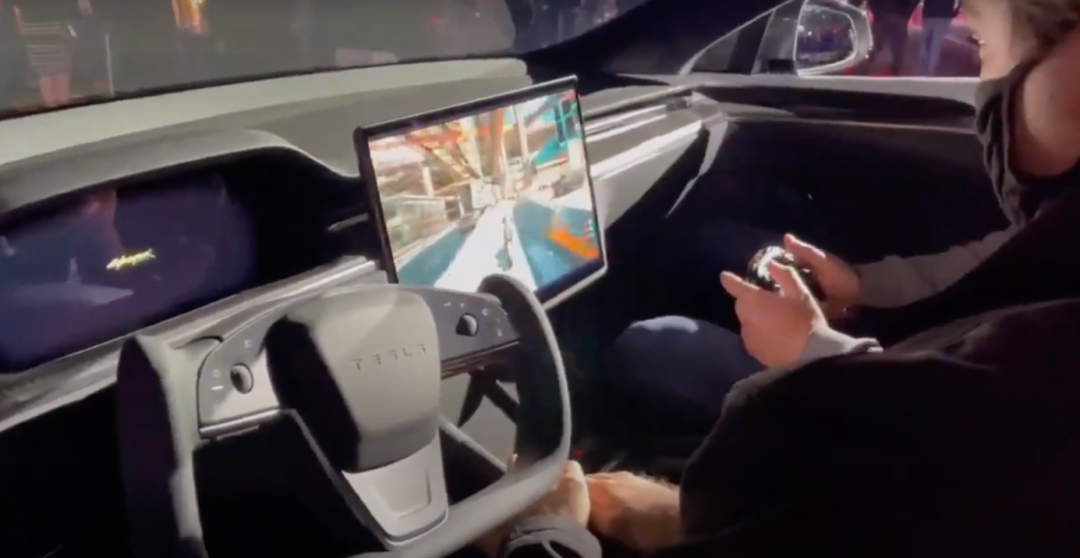
Just as Tesla CEO Musk himself said, “In the future, most cars will be in autonomous driving mode, and in-car entertainment will become increasingly important.”
The core demand for entertainment is the reason behind Tesla’s improvement of the onboard computing power.
Snapdragon 888 Automotive Platform on Board
For Qualcomm, the chip inside the cabin needs to carry more tasks. Let’s directly refer to the image below:
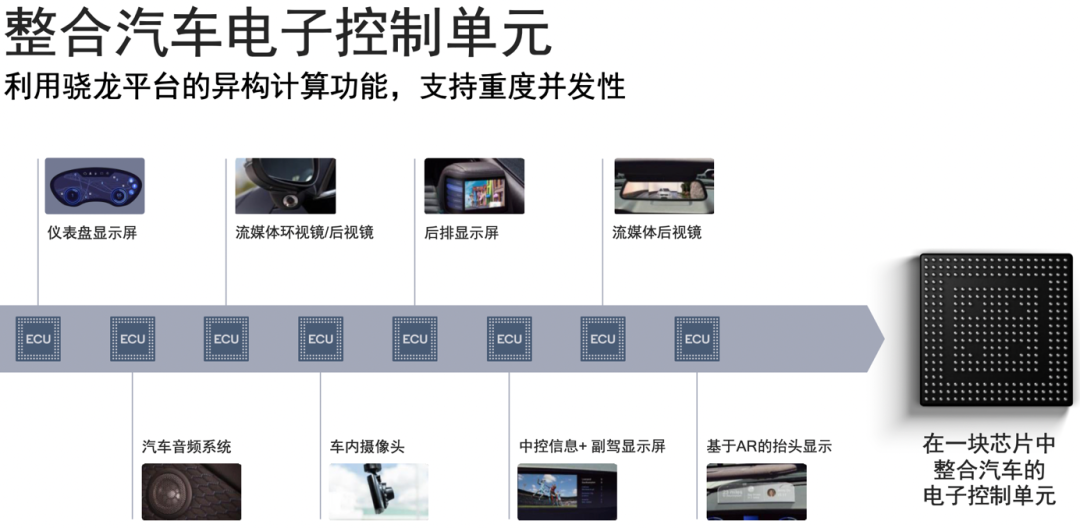
The onboard chip needs to process multiple screens like the instrument panel, cabin screens, AR-HUD, and execute voice recognition and vehicle control operations.
Take the currently trending 8155 as an example. In the new car W6, WmAuto achieved faster boot time (3.7 seconds), voice recognition/response speed, and more extensive vehicle control due to 8155’s support.
Of course, the application of Qualcomm’s onboard chip is not limited to just these functions.
In 2017, autonomous driving supplier ZongMu Technology developed the first generation of low-speed autonomous driving products based on Snapdragon 820A (this year, they released a parking product based on 820A).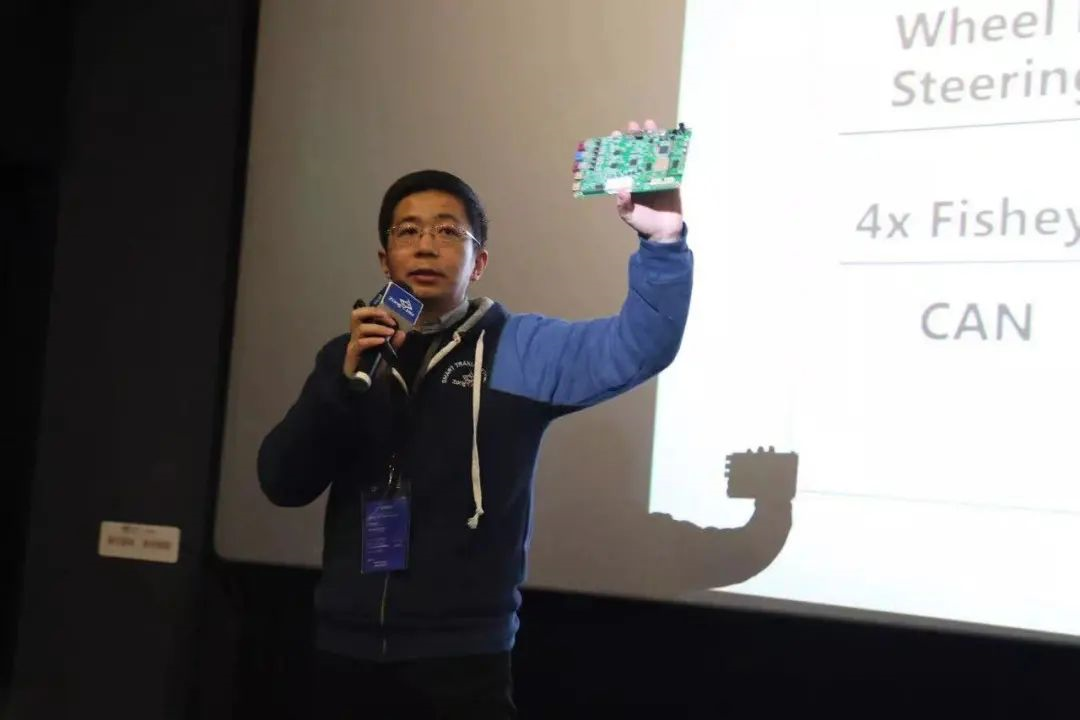
As far as I know, some automakers have already used Qualcomm 820A chips for automatic parking function.
In contrast, Tesla’s cabin chip definitely cannot achieve this.
On this fourth-generation cabin chip SA8295P, Qualcomm goes further: in terms of functionality, it supports the fusion of multiple ECUs and domains. It supports synchronized processing of instrument clusters and cabins, augmented reality head-up display (AR-HUD), information and audiovisual systems, rear seat displays, electronic rearview mirrors, and in-vehicle monitoring services. In addition, it provides video processing capabilities and supports integrated driving recording and monitoring functions. This platform also supports Qualcomm’s Soft SKU function for cloud services for cars, which can continuously provide consumers with the latest features and functions throughout the entire lifecycle of the car through OTA upgrades.
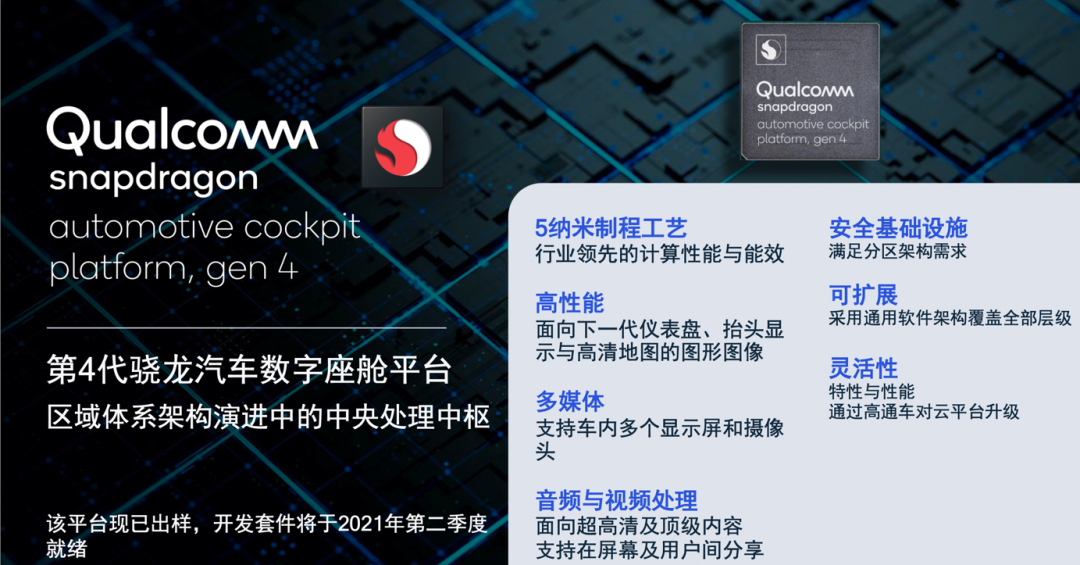
Perhaps most impressively, it has AI computing performance far exceeding its predecessor: 30TOPS. What is this concept? Currently, the NVIDIA Xavier smart driving chip equipped in XPeng Motors P5 and P7 has computing power of 30TOPS as well.
According to Qualcomm, the 8295’s computing performance is close to that of SoCs for terminals such as smartphones and tablets, and users will be able to get an experience on the in-car system equivalent to or even better than that of smartphones and tablets.
With this chip, there are too many possibilities that it can endow.
Tesla goes left, Qualcomm goes right
Looking at the broader picture, just like smart driving, smart cabins are also entering the era of high computing power.
However, for Tesla and Qualcomm, the high computing power orientation is not completely consistent.
The former, more specialization, is mainly aimed at improving entertainment and gaming; while the latter is more general, aiming to improve cabin control and interaction experience.
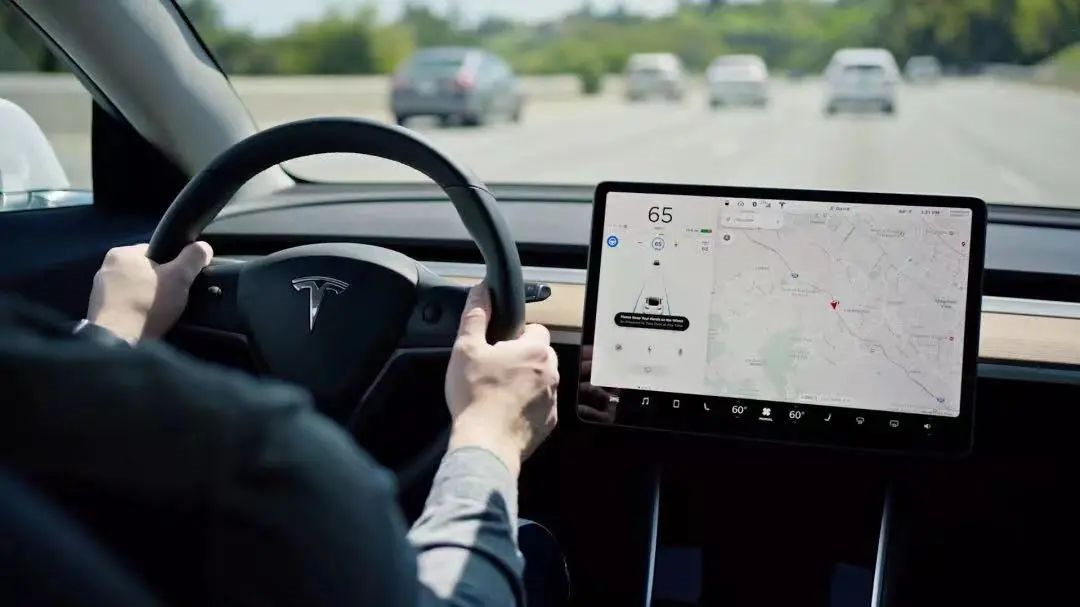
This choice is not right or wrong for either party. Although the path is different, everyone’s ultimate goal is the same: to bring users a better cabin experience.
However, it should be pointed out that the first domestic launch of JiDu will be in 2023 (specific time unknown), even considering the fastest commercial pace (officially expected to start mass production at the end of 2022), there is still almost a year left.
But there are also many variables in this equation.
To provide a very practical example: earlier this year, NIO announced at its NIO Day that the ET7 will be equipped with an 8 million pixel high-definition camera, which was indeed exciting news.Translate the Chinese Markdown text below into English Markdown text professionally, keeping the HTML tags inside Markdown and only outputting the result.
However, only 4 months later, the new version of the Ideal ONE was put into production ahead of schedule.

Similarly, within this year, other players in the industry are also progressing. Whether other manufacturers will come up with stronger chip solutions in the future is also unknown.
Of course, that’s all talk for another day.
In the past, due to computing power constraints, many good ideas in the cockpit industry could not be perfectly implemented, but with the explosive growth of computing power, “adding” in the cockpit has become a natural and necessary thing.
The spring of the intelligent cockpit industry is coming.
This article is a translation by ChatGPT of a Chinese report from 42HOW. If you have any questions about it, please email bd@42how.com.
